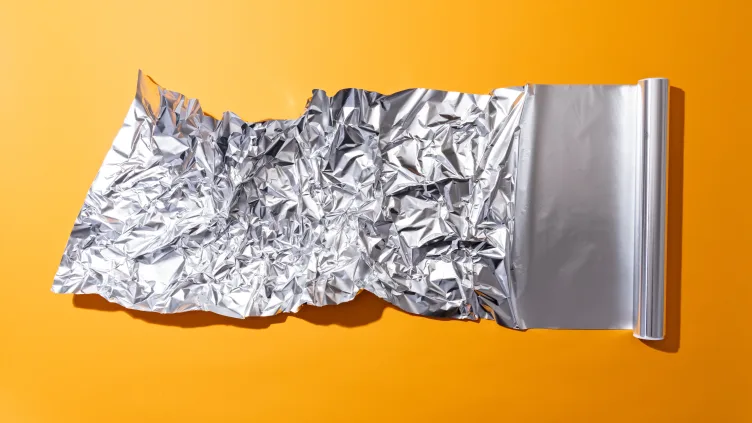5 Ideas for Creating Original Trap Snares using Foley
Trap music often relies on the iconic TR808 for its drum sounds, but there’s always room to add some originality to your beats. The high-pitched metallic snap of the 808 snare defines trap’s signature vibe, but using foley—a technique where everyday sounds are recorded and manipulated—can bring a fresh, creative twist to your snare design. In this list, we’re sharing 5 Foley-inspired gems to help you shake up those tired 808s and give your trap snares a unique edge.
1: Tin Foiled
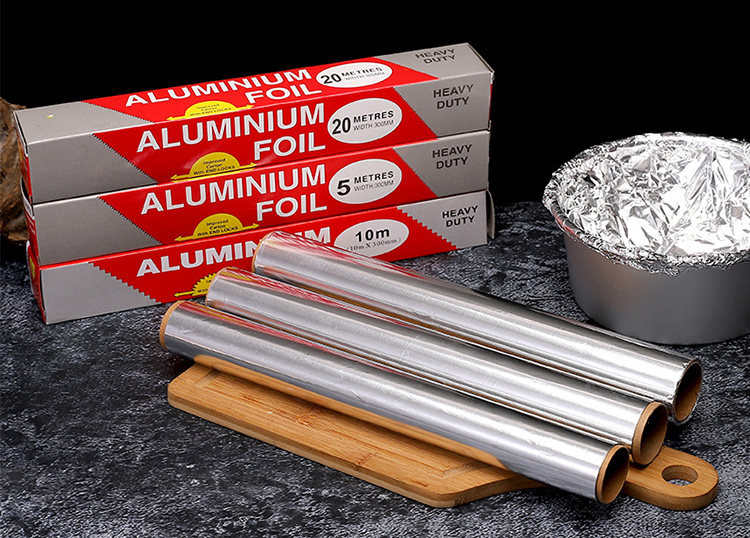
Experiment with loose tin foil sheets stacked on top of each other. Place the foil sheets on a soft surface like a cushion and record yourself flicking or tapping the foil using a variety of objects. The resulting sounds should be high-pitched and metallic in nature and therefore similar to an 808.
2: This one Rules
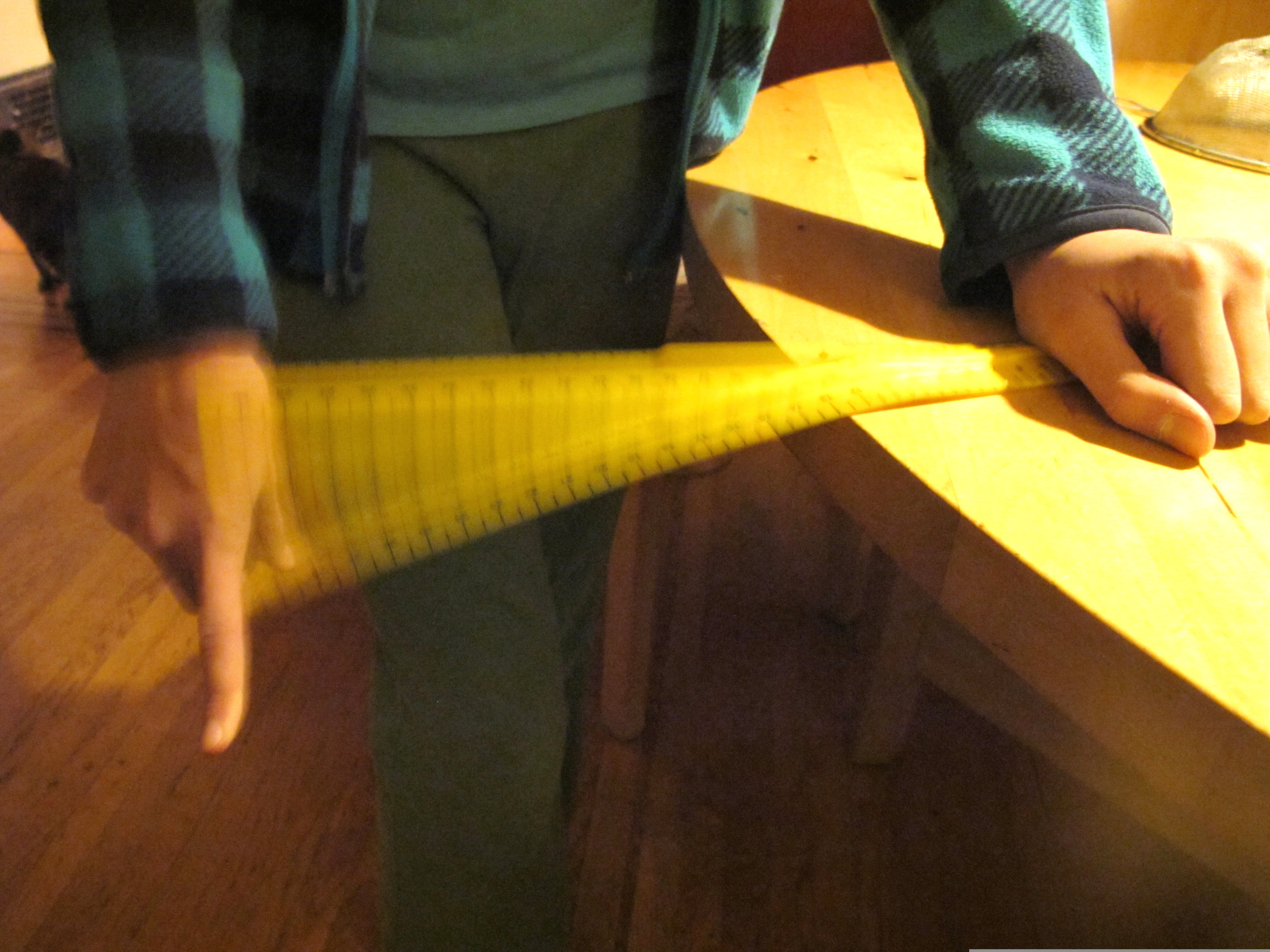
Use a plastic or wooden school style ruler to create a pa-twangy sound. Place the ruler on the edge of a table starting with a 50/50 overhang ratio. Now bend and release the ruler to create a unique Pa-Twangy effect. Record at various overhang ratios and use the resulting sounds to layer with an 808 snare
Note* Saftey glasses may be required if your ruler isn’t shatterproof
3: Clap ‘n’ Snap

Hand claps and finger snaps are staples in the drum layering world. For great sounding clap/snap layers record multiple hand claps and finger snaps at different distances from the mic. Then combine these sounds in your DAW or sampler panning each individual clap and snap. The culminative effect will be a wide expansive layer for your trap snare. Instead of creating just one comped clap/snap stagger the separate hits to produce a variety of layers.
Top Tip: Wet your hands for a louder more full frequency clap sound.
4: Leaf it out!
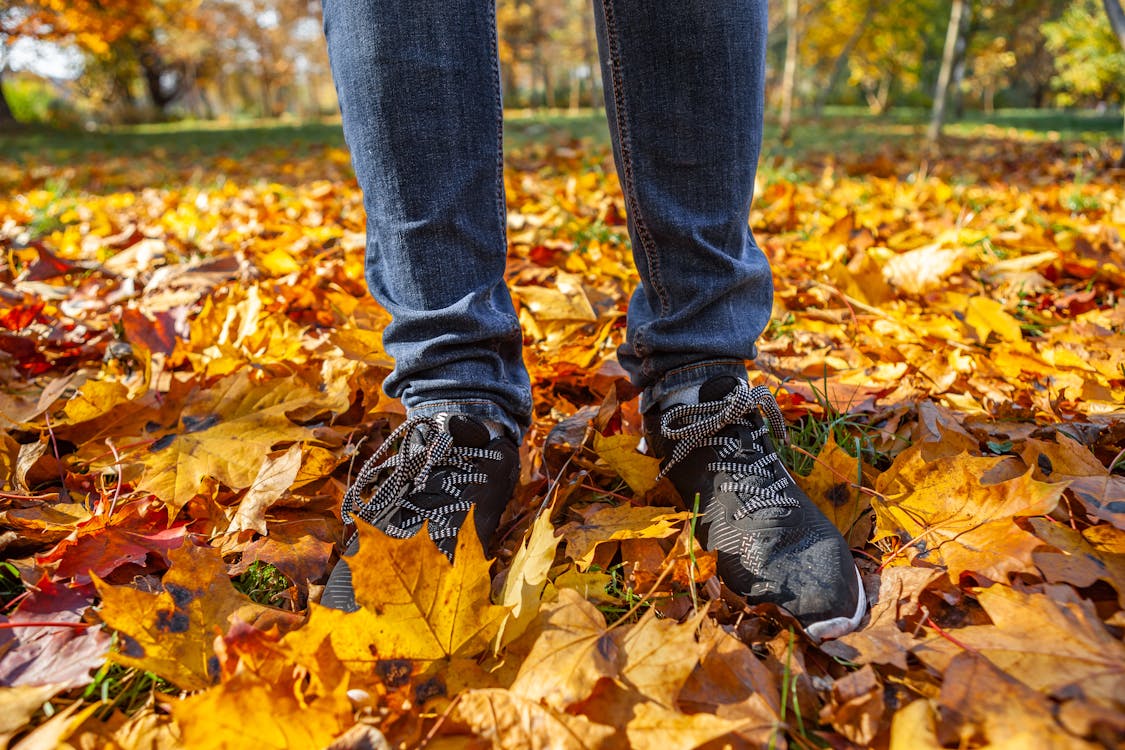
As we move into Autumn/The Fall we are presented with a sonic gift in the form of dry crunchy leaf fall. Stomp, kick and throw dry leaves to create unique crunchy textures that when trimmed and layered with your trap snares can add interesting tails. Combine and hard pan two recordings for a wide stereo effect. Also don’t be scared to pitch up your leaf foley textures. Stacking multiple leaf samples at varying pitches can create an even denser sound that can sound interesting.
5: Metal on Metal Action
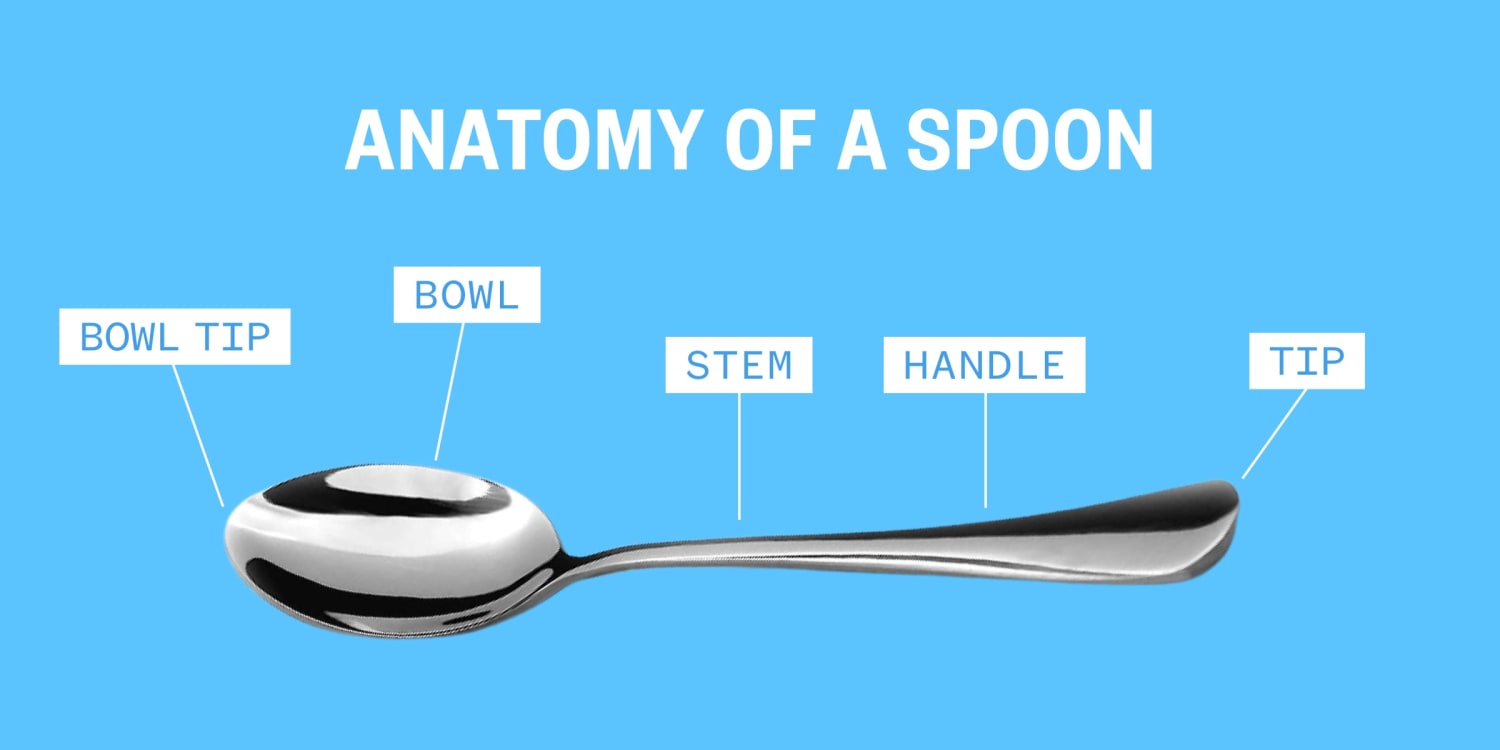
Time to raid your cutlery draw and pull out a selection of your finest silverware. The action of tapping metal against metal generally produces a short high-pitched tone. The fun comes when armed with a teaspoon you head out in search of interesting resonating metallic objects. To get started try tapping up sinks, baths, metal railings, Pots and pans, Metal vases, gardening tools, bike chains etc.
Remember – RouteNote Create subscriptions start from as little as $2.99. You also get 10 FREE credits to spend on samples along with access to our FREE sample pack bundle when you sign-up!
